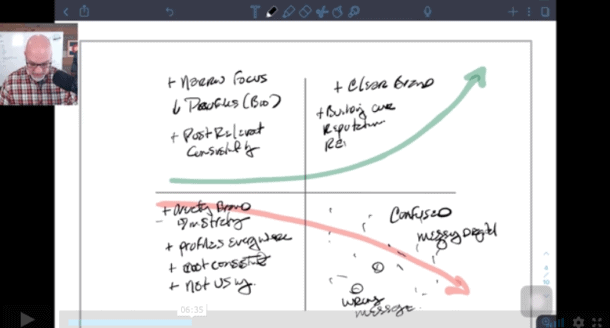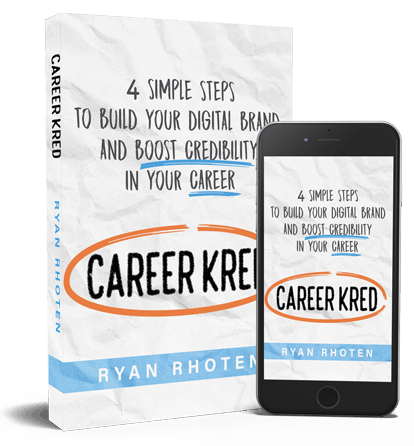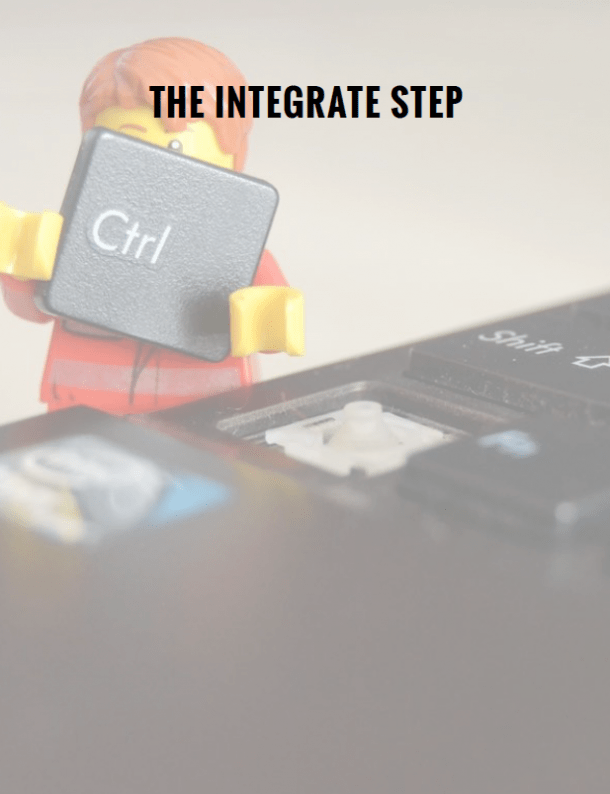Move over Six Sigma. Flowcharts are where it's at. In fact, at the root of every good six sigma project, you'll find a flowchart. As a trained Black Belt (not the Bruce Lee kind) I can tell you that the majority of improvement projects I have worked on have easily been solved by constructing and reviewing a flowchart.
Not every issue requires an ANOVA to resolve.
So why a flow chart? In short, because I like simplicity. Unlike some of the other six sigma tools flowcharts are easy to learn and use. In five minutes, you can show someone how to construct the flowchart and they can be off and running.
In addition unlike some of the statistical tools in the Six Sigma tool bag, you can’t really misapply a flowchart. On the other hand, however, if you misapply or misinterpret a regression analysis you could easily lead a team down the wrong path.
A flowchart also provides a visual representation of what is happening within a process. Business processes, especially complex ones, are hard to “see” and they can be even harder to explain. That is why many of the more popular lean and six sigma tools such as value stream mapping and process mapping have their roots in a basic flowchart.
FLOWCHART SYMBOLS
![]() At its most basic a flowchart consists of the icons used to show the process and the swim lanes that separate different departments. Starting with the icons, there are really 5 that are used in nearly every process being reviewed.
At its most basic a flowchart consists of the icons used to show the process and the swim lanes that separate different departments. Starting with the icons, there are really 5 that are used in nearly every process being reviewed.
Obviously, there are other icons but again flowcharts should be basic and we need to strive to keep them simple.
In addition, to the icons we use a connector (lines) to show how the process flows. Connector lines can have arrows or not (your choice). They can be used to show direct connections via a solid line or relational connections via a dotted line.
The last “structural part” of a flowchart is the swim lanes. Think of the lanes on a flowchart the same way you would the swim lanes in a pool. The lanes separate the competitors in a pool and in a flowchart serve to show separation between departments/organizations within a process. All activities within a department are shown within that department’s swim lane.
FLOWCHART EXAMPLES AND USES –
I have had success using flowcharts to map out both business and manufacturing processes. I find them especially useful in analyzing business processes. I have used them to document business processes from order entry to fabrication on the shop floor. They are most effective when multiple people are involved in the same process, such as order entry.
A few years ago I was asked to help a supplier increase it's on time delivery. It was something they had struggled with for a while. Others had gone before me to help, but they focused on improving the manufacturing process. Despite their efforts delivery was still not adequate.
By asking some basic questions initially I was able to determine that the problem was actually being created by one of their business processes, specifically order entry.
On average it was taking them nearly four days to enter an order. Nine people worked in order entry. Since shutting down the department to walk through the process as a group was not an option, I was granted access to each person in the process for a ½ hour at a time.
I interviewed each person about the process they followed to enter orders. Keep in mind there was a standard operating procedure in place. After speaking with each person involved in the process, I laid out each person’s process in a flowchart side-by-side with each person being given his or her own swim lane.
What we discovered was that out of nine people doing the “same” job, one person used a 27-step process and another used a 6-step process! The other 7 came in somewhere in between with the average number of steps being 15. Lots of redundancy, rework and the enemy of all processes, double-checking was taking place.
Why the difference you ask? Turns out that the person, who completed their process in 6 steps, had created a database for himself that processed a lot of things that others in the group were doing manually. He also had one step in his process for a double-check.
While he had a database, he had not shared his database with anyone. If not for the flowchart, we would not have known about the differences in each person’s process. As a result of the flowchart we were able to leverage the database to the others in the group, standardize on the process, put in place metrics to measure the process and shortened their order entry time by 22 steps and 3 days! All with a flowchart.
FLOWCHART SOFTWARE
 I know there are a lot of flowcharting software products out there. However, I think one of the best software programs out there is probably already installed on your computer. I’m talking about Microsoft Excel.
I know there are a lot of flowcharting software products out there. However, I think one of the best software programs out there is probably already installed on your computer. I’m talking about Microsoft Excel.
I recommend Excel for two reasons. First, you already have it so it costs you nothing. Second, most people already have it so it is easy to share files with people. Have you ever received a Visio file from someone but couldn’t open it?
Excel includes in the INSERT ribbon under SHAPES a number of basic flowcharting icons that you can use to create a flowchart.
There are a couple of drawbacks I’ve found to using Excel, however. First, the process can be very manual. You’ll need to create the swim lanes and second you’ll have to align all of the process boxes and connector lines.
A little extra effort but because of this, you can also set the flowchart up in a manner that works best for you. Other programs may work well but for me, Excel is the way to go.
All good improvement programs have a great foundation rooted in simplicity. From those basic tools, you can add-on tools were needed. For me, while I understand the use of Six Sigma, I have seen it misapplied too many times to put 100% faith in the process.
Remember this is coming from someone who is certified in the discipline. For me, simplicity is king and flowcharts should be the start of all good improvement projects. If done right, they might also be the only tool you need.





